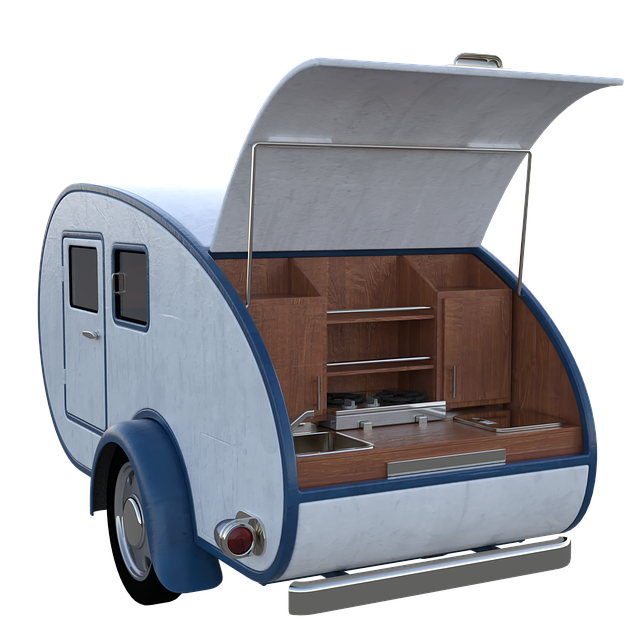The real estate market has seen a trend of converting underutilized urban spaces into vibrant hubs for viticulture and breweries, driven by consumer demand for unique, locally-sourced beverages. Historic buildings, warehouses, and former industrial sites are transformed into charming wine bars and craft breweries that offer immersive experiences. These strategically located establishments attract tourists, foster community engagement, and contribute to city vibrancy. To maximize real estate strategies, winemakers and brewers design flexible spaces for various events, leverage technology for online reservations and social media engagement, and diversify offerings to create year-round attractions, enhancing profitability and property values.
In recent years, the wine and brewing industries have experienced a significant surge in popularity, leading to a thriving market for wineries and breweries. As these establishments seek prime locations, real estate has become a crucial player in their success. This article explores the rise of viticulture and breweries in desirable areas, the transformative power of tasting rooms as community spaces, and the various real estate strategies that contribute to their profitability. Discover how clever property investments are unlocking new opportunities for these vibrant businesses.
The Rise of Viticulture and Breweries in Prime Real Estate Locations

In recent years, the rise of viticulture and breweries has been a notable trend in prime real estate locations. The demand for unique, locally-sourced beverages has driven this surge, with consumers increasingly seeking immersive experiences at wineries and tasting rooms. This shift in consumer preference has prompted developers to recognize the potential of converting underutilized urban spaces into vibrant hubs for these industries.
Real estate markets have responded by facilitating the transformation of historic buildings, warehouses, and even former industrial sites into charming wine bars and craft breweries. These converted spaces not only house production facilities but also offer visitors a chance to engage directly with the brewing or winemaking process, fostering a deeper connection between consumers and the art of beverage crafting. The strategic placement of these establishments in urban centers has become a game-changer for local economies, attracting tourists, fostering community engagement, and contributing to the overall vibrancy of cities.
Tasting Rooms as Community Hubs: Real Estate Strategies for Success

Tasting rooms have evolved beyond mere sales points, becoming vibrant community hubs where people gather to enjoy local beverages and socialize. This shift has significant implications for real estate strategies, as winemakers and brewers seek to maximize their spaces and create memorable experiences. Optimizing layout and design to accommodate various events, from intimate tastings to large-scale festivals, is crucial. Incorporating features like outdoor seating areas, community tables, and interactive elements can foster a welcoming atmosphere that draws locals and tourists alike.
Real estate success in this context also hinges on accessibility and location. Choosing sites with high foot traffic or proximity to popular tourist destinations can greatly enhance visibility and footfall. Additionally, leveraging technology through online reservations, digital menus, and social media engagement allows businesses to connect with customers beyond their physical space, ensuring a steady stream of visitors and fostering a loyal following.
Unlocking Profitability: Real Estate Opportunities for Wineries and Breweries

Wineries and breweries are not just places for wine and beer enthusiasts; they also present significant real estate opportunities. As the industry grows, so does the demand for prime locations that offer a unique blend of rural charm and accessibility. Many successful establishments have realized the potential of their land by offering tours, hosting events, and selling merchandise, transforming their sites into vibrant destinations that attract visitors year-round.
By leveraging their real estate assets, wineries and breweries can unlock additional revenue streams and enhance their overall profitability. This might involve expanding their facilities to accommodate larger crowds, creating outdoor spaces for tastings and gatherings, or even developing adjacent restaurants and retail shops. Such strategic developments not only boost visitor experiences but also increase property values, making these venues not just profitable businesses but valuable investments as well.






